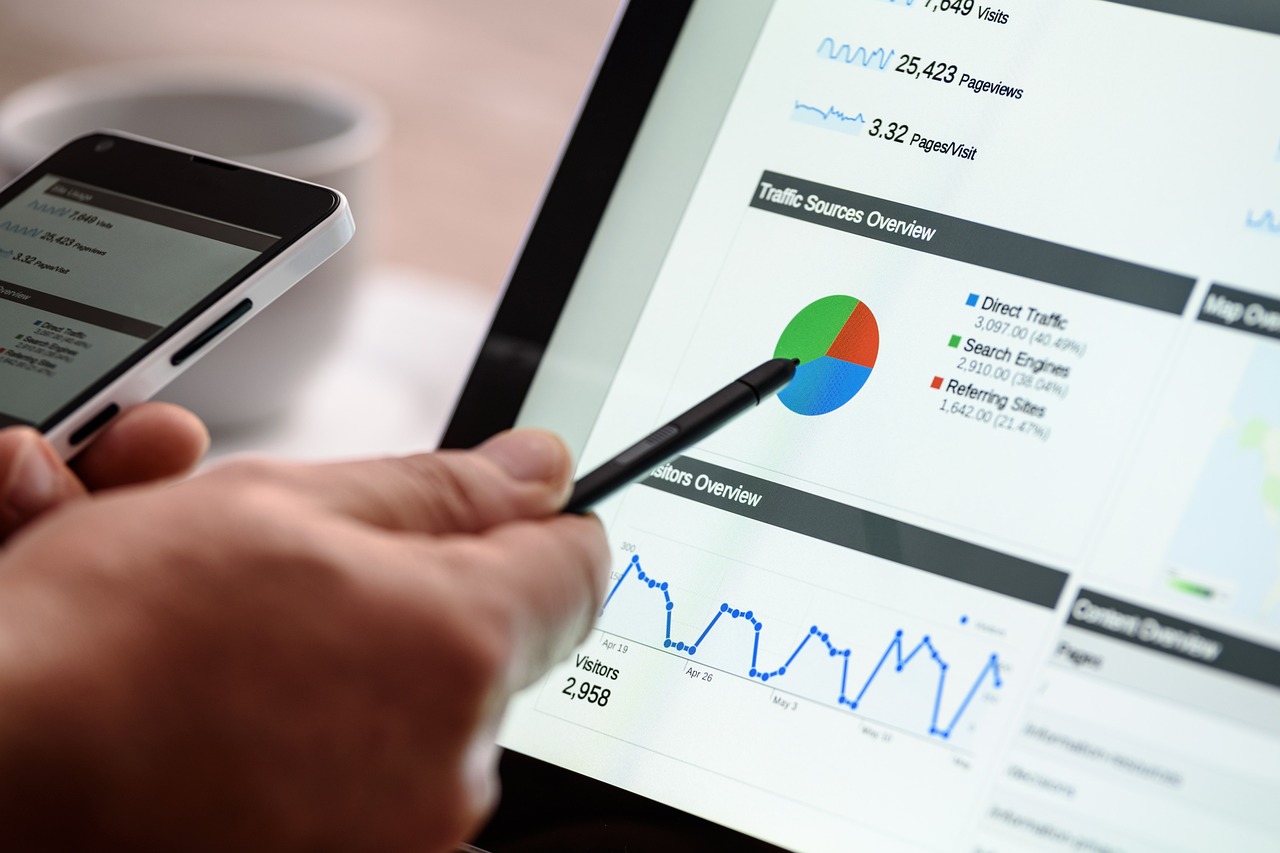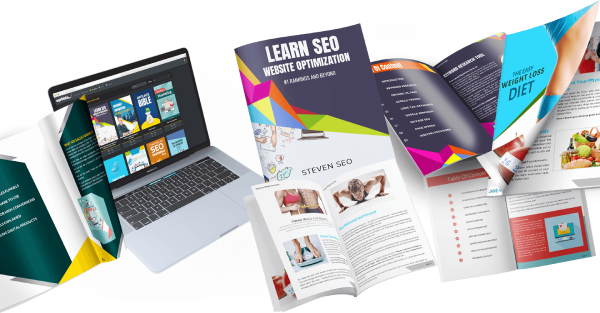CPC and CPI explained
In the online advertising model of cost per click, an ad is placed on a website and the advertiser compensates the site owner whenever a visitor clicks on the ad. The payment is made regardless of whether the visitor makes a purchase, as long as the advertiser receives the click, they will pay the agreed-upon fee for hosting the ad.
Cost per impression varies slightly. An impression refers to the occurrence of an ad being displayed on a website page. Advertisers commonly pay for the frequency of their ad being shown on a particular page or website. Regardless of whether the ad is clicked on or not, the advertisers still incur a fee for this.
Initially, Pay-Per-Click ads (also known as Google AdWords) may appear to be more effective due to their higher click through rate compared to impression based advertising. It may seem that PPC is both cost-effective and impactful solely based on the cost per click. However, this is not true for most local to medium sized businesses.
- Truly targeted digital ad campaigns go far beyond the click. You want to measure not only clicks, but conversions – meaning did the potential customer convert and do what you wanted him/her to do? Impression based advertising measures not only the click but also View Throughs (people who saw the ad, didn’t click but then came to your website). Tracking conversions on your website is a better indication of intent to purchase than a click is.
- Most local businesses have found that PPC just doesn’t work for driving leads as shown in the graphic above. As a Bootsuite.com article put it, “If your company operates in an obscure industry, the cost to get to the top of PPC may not be very high. But for most companies, there are many other competitors also bidding for space for the same keywords. Instead of paying pennies for each click, you might find yourself spending tens if not hundreds of dollars just to get a click.”
- With impression based display ads your ad isn’t placed right next to a competitors ad like it is for PPC, and the ad itself is placed on a website that a user found in the organic section of search where more customers are likely to click and convert.
- With PPC ask yourself if what you are paying for clicks is higher than the revenue per visitor? As a Forbes article states, “With Google AdWords you’re paying for clicks. This wasn’t a problem a long time ago when rates were more reasonable, you know, pennies instead of dollars. The problem nowadays is… a business is dropping $5 or more per click to get people to visit their site. Sure, that may increase visitors because you’re appearing at the top of the Google search page, but it’s not guaranteeing customers. Some clicks can be as high as around the $60 range per clicks.”
- So you think, “But I’m only paying if the person clicks and if they click they are interested so it’s worth it, right?” Maybe, maybe not. The Forbes article goes on to point out, “What that boils down to is that whenever someone clicks on your ad, you still have to pay Google, regardless if a sale was made or not. And, that becomes an issue whenever you have visitors who are just browsing the web with no intention in ever investing in your product or service. In other words, AdWords potentially isn’t worth the investment because the bids that you are paying for are higher than the revenue that you’re receiving from each visitor.”
- With PPC advertising you are only reaching people who are using a search engine. With impression based ads you are reaching people who go right to informational websites to find what they want. In fact, only 36% of people start their search for information with a search engine. The majority of people DO NOT start a search with a search engine.
- The biggest secret of PPC advertising is that the more successful you are with it, the more expensive it gets. If you’re in an industry that can find customers and convert them using PPC, the chances are that your competitors can do this too. As each company starts using PPC, the cost to get to the top increases. Each company basically bids up the cost of PPC until you get to the point where it’s so expensive, that you really can’t make any money acquiring new customers using this channel.”
- PPC isn’t as targeted as you may think. With PPC you don’t know WHO is clicking your ad. Yes, they are interested in that keyword, but are they a good prospects? Do they fit your ideal customer profile? You don’t know the persons’ age, sex, industry, job title, income, family status, hobbies, interests, etc. All you know is that they searched that keyword and you are paying a lot of money for those people without knowing if they are worth it.
Impression-based advertising, such as Targeted Display and Video, which incorporates Keyword Targeting, Behavioral Targeting, and Ad Network Targeting, offers a higher level of cost effectiveness and precision in reaching the intended audience.
CPC pros and cons
CPC offers the benefit of allowing you to determine your own advertising budget. You have the freedom to decide the precise amount you wish to spend in order to obtain clicks for your ad. After reaching your daily budget limit, your ads will not reappear until the next day. Additionally, you can choose to target specific keywords with your ads, ensuring they only appear on websites that have content related to the ad’s subject. This improves the likelihood of generating clicks.
When you depend only on your SEO efforts to generate organic search engine traffic, it can take years to build up the traffic that can be achieved much faster with CPC.
When considering the negatives, it is important to note that bidding wars occur frequently when it comes to ad position in CPC, leading to potential high expenses with a low return on investment, particularly if one becomes overly competitive in bidding. Furthermore, the charges for each click can vary significantly. The cost of CPC can range from a few cents to $50 or even more, depending on the keyword’s position.
CPI pros and cons
CPI is most effective in advertising campaigns that have a high probability of achieving a high click-through rate. By accurately estimating clicks, you can potentially save a significant amount compared to using the cost per click model. Furthermore, it serves as an excellent platform for promoting visibility and familiarity with your product, service, or brand. In fact, it offers a cost-effective means of establishing brand recognition.
Conversely, if the traffic on a website is low, the return on investment for investing in CPI is likely to be poor. On the other hand, if a website has high traffic, your advertisement could easily be overlooked, making it challenging to attract clicks. Additionally, measuring the success of branding campaigns becomes more challenging because tracking click-throughs is difficult.
What is the better option then? It is evident that there are several factors to consider, however, the following is a straightforward checklist for each option:
Use CPC if:
- You want to accurately track the number of clicks your ad is getting.
- You want to control how much money you spend on ad traffic.
- You are a disciplined advertiser who sticks to your budget and doesn’t get into bidding wars.
- You want to advertise on high-traffic sites and get the benefit of both clicks and exposure.
Use CPI if:
- You can realistically expect a high click-through rate on your ad.
- You are executing a launch for a new product or service.
- You are trying to build recognition for your brand without spending your entire budget on that one area of your marketing strategy.







